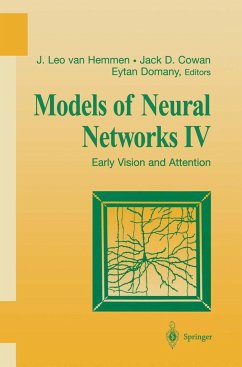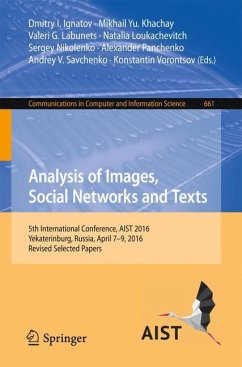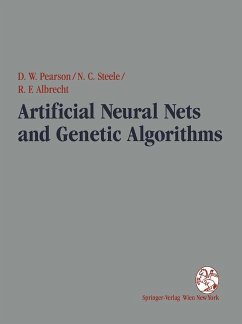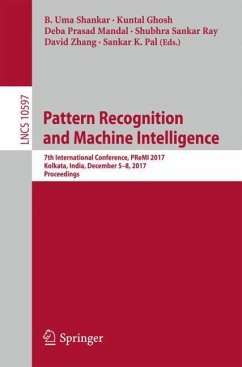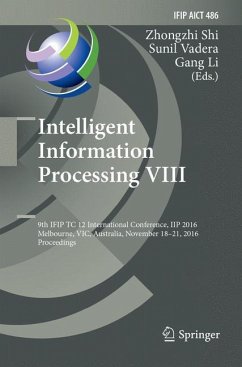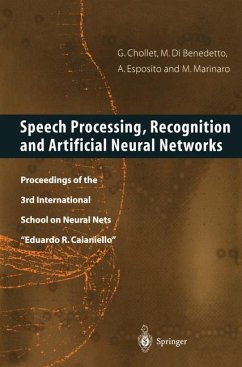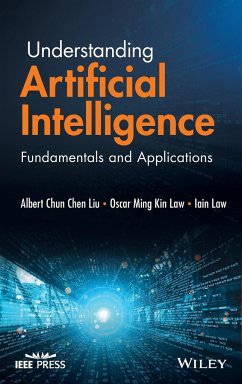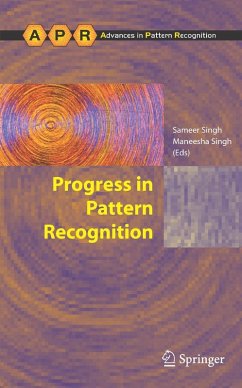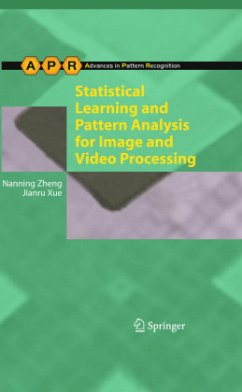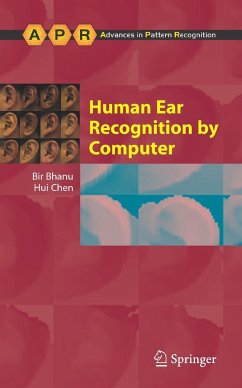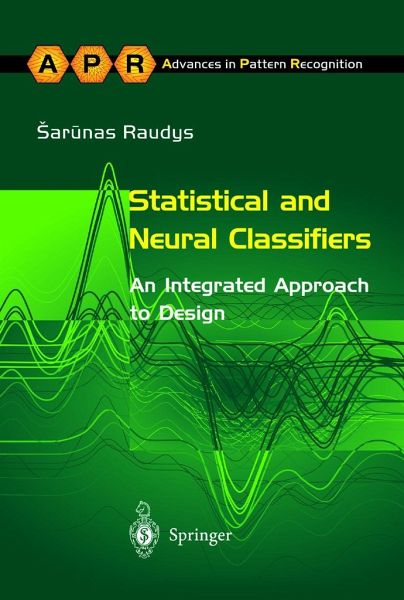
Statistical and Neural Classifiers
An Integrated Approach to Design
Versandkostenfrei!
Versandfertig in über 4 Wochen
157,99 €
inkl. MwSt.
Weitere Ausgaben:

PAYBACK Punkte
79 °P sammeln!
The classification of patterns is an important area of research which is central to all pattern recognition fields, including speech, image, robotics, and data analysis. Neural networks have been used successfully in a number of these fields, but so far their application has been based on a "black box approach", with no real understanding of how they work. In this book, Sarunas Raudys - an internationally respected researcher in the area - provides an excellent mathematical and applied introduction to how neural network classifiers work and how they should be used to optimal effect. Among the ...
The classification of patterns is an important area of research which is central to all pattern recognition fields, including speech, image, robotics, and data analysis. Neural networks have been used successfully in a number of these fields, but so far their application has been based on a "black box approach", with no real understanding of how they work. In this book, Sarunas Raudys - an internationally respected researcher in the area - provides an excellent mathematical and applied introduction to how neural network classifiers work and how they should be used to optimal effect. Among the topics covered are: - Different types of neural network classifiers; - A taxonomy of pattern classification algorithms; - Performance capabilities and measurement procedures; - Which features should be extracted from raw data for the best classification results. This book will provide essential reading for anyone researching or studying relevant areas of patter n recognition (such as image processing, speech recognition, robotics, and multimedia). It will also be of interest to anyone studing or researching in applied neural networks.



